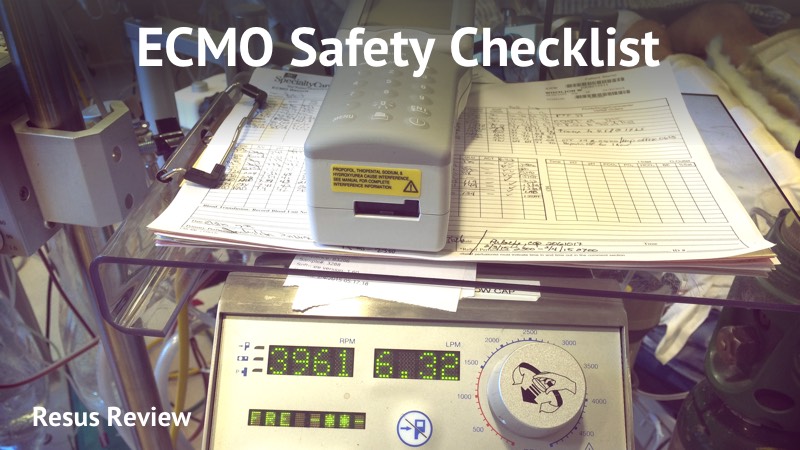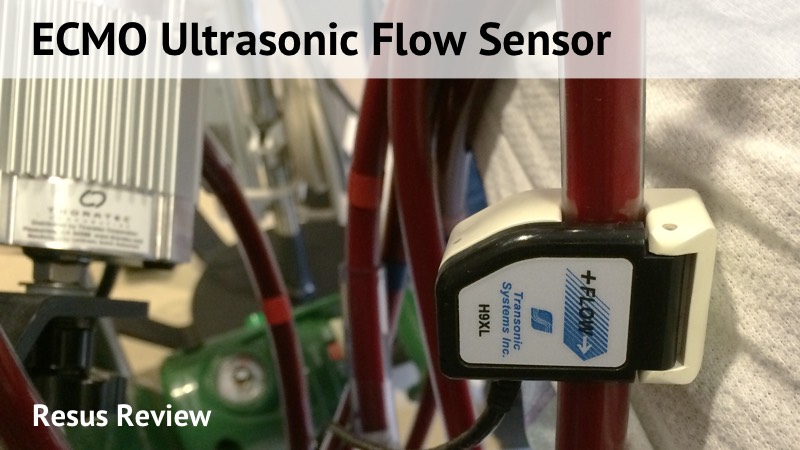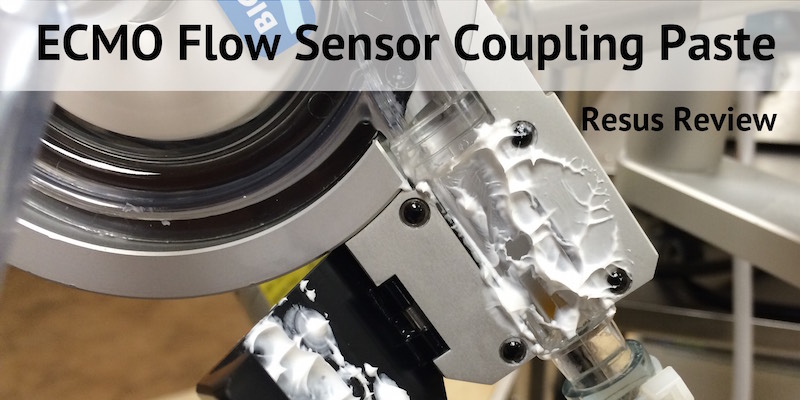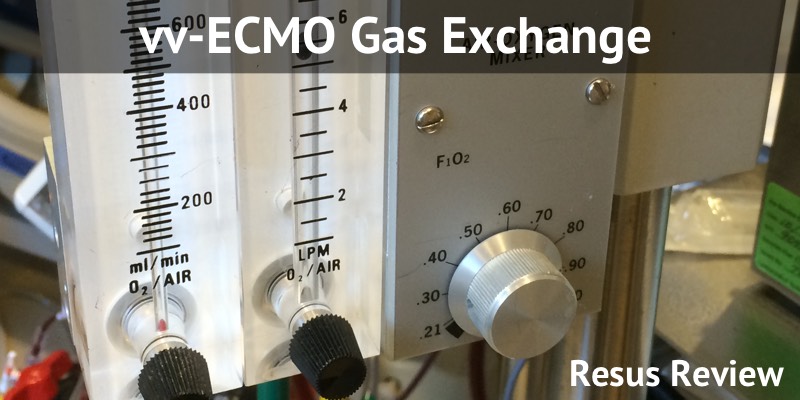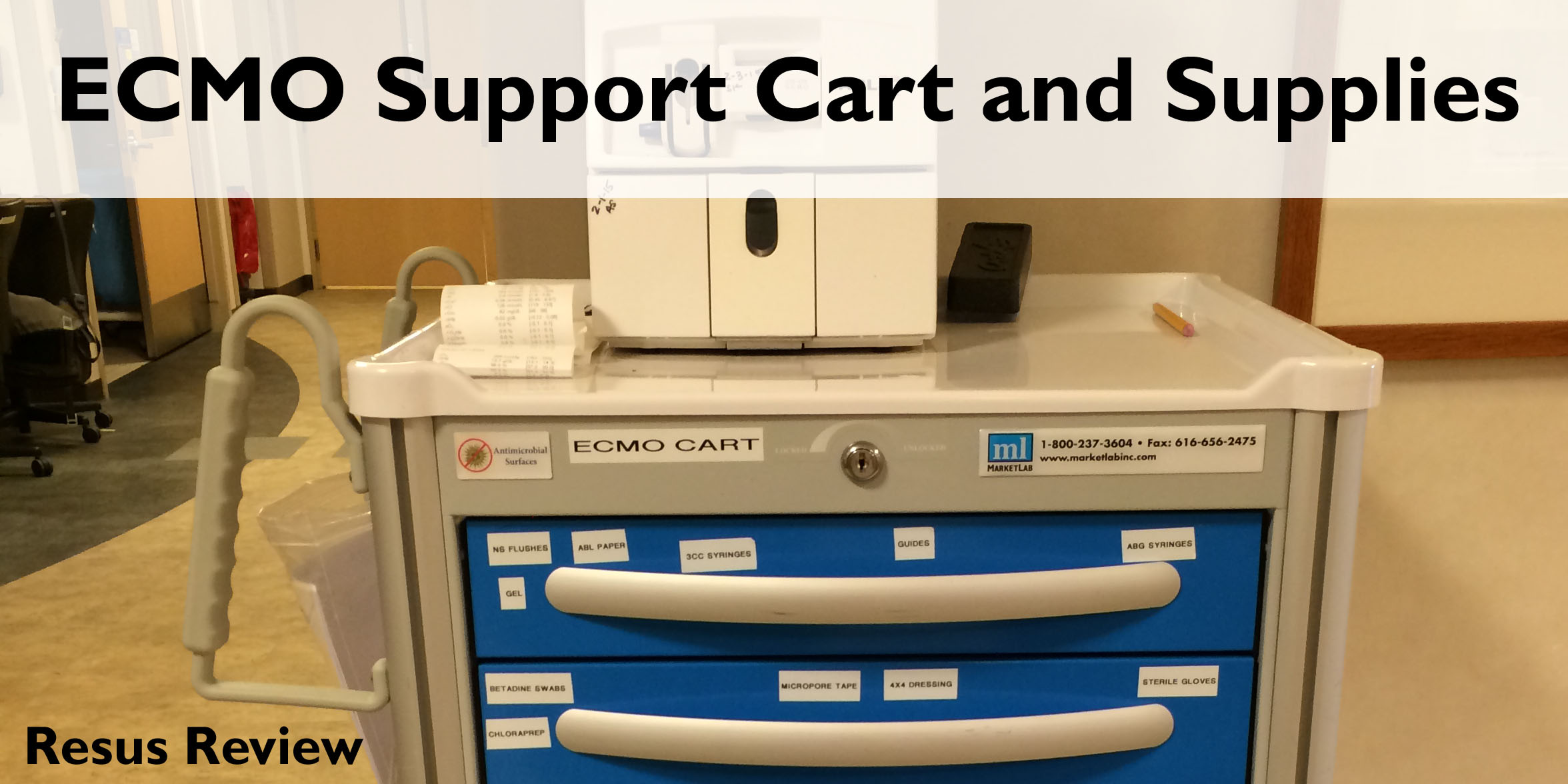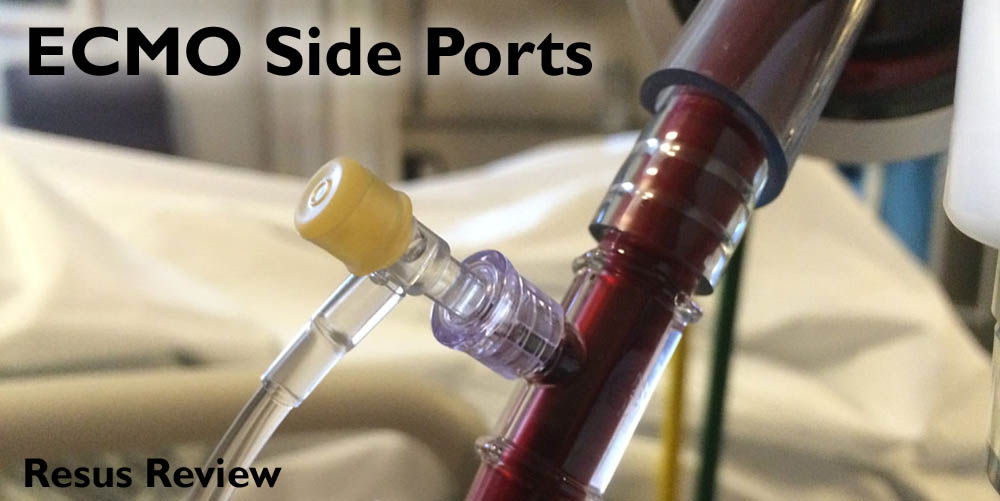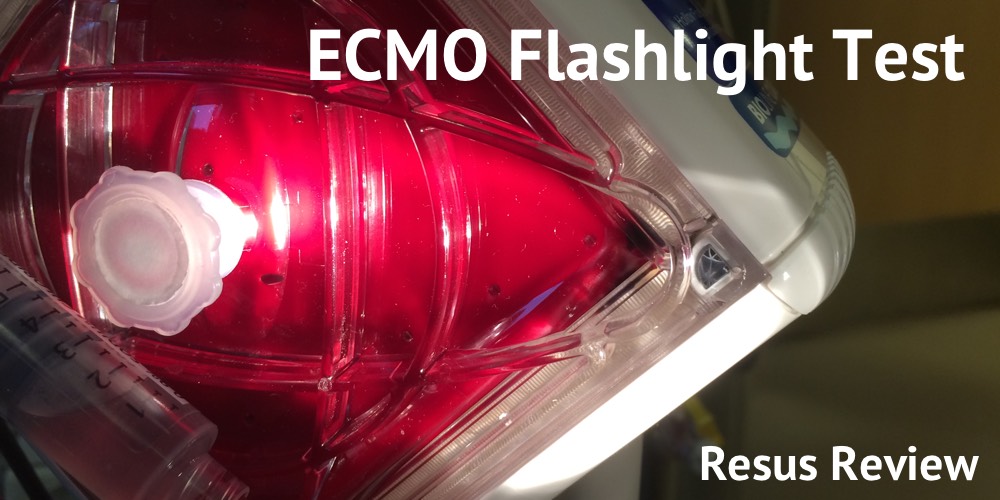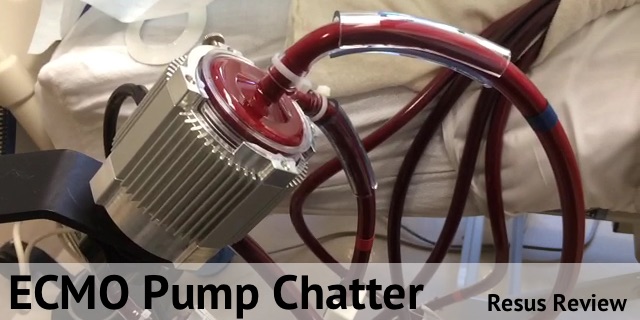ECMO Introduction and Tutorial
ECMO Safety Checklist
Detailed ECMO safety checklist to be performed at every shift change for nurses, perfusionists, and physicians. Includes data review and bedside equipment inspection.
ECMO Ultrasonic Flow and Bubble Sensor
Understand the workings and tips for best use of ECMO ultrasonic sensors. ECMO centrifugal flow pumps require external sensors to provide accurate measurement of blood flow rates based on differential acoustic transit time due to the Doppler effect. The acoustic mirror of bubbles allow for easy detection of air in the line also.
ECMO Flow Sensor Coupling Paste
With centrifugal flow pumps, the ECMO circuit blood flow rate is dependent not only on the pump rotational speed, but also upstream and downstream pressures. Ultrasonic flow transducers provide are able to provide accurate measurements. The ECMO ultrasound flow sensors require a conductive interface between the sensor and the circuit.
vv-ECMO Gas Exchange
Gas exchange in vv-ECMO is effected by four critical factors. There needs to be adequate effective ECMO blood flow compared to cardiac output and minimal recirculation. Oxygenation can then be set with the blender and carbon dioxide removal is determined by the sweep gas flow rate.
ECMO Support Cart and Supplies
List of critical supplies that need to be immediately available for every patient on ECMO for emergencies and routine maintenance.
ECMO Side Ports
ECMO circuits have a sideport to allow for easy connection for hemodialysis. However, they can be bumped or caught in clothing, which can crack or break the connector. This can cause significant blood loss, compromise the ECMO circuit, and place the patient at significant risk.
ECMO Flashlight Test
Accumulating clot in the ECMO oxygenator increases the pressure gradient across the membrane which then requires higher pumps to maintain the same blood flows through the circuit. A simple flashlight test can help you inspect the circuit and diagnose this problem.
ECMO Pump Chatter
ECMO pump chatter is caused by blood flow limitations from the venous side of the ECMO circuit. It occurs at higher RMPs and can limit the maximum blood flow in the circuit and cause excessive hemolysis. Monitoring and correcting this is important for maintaining a well functioning ECMO circuit.
